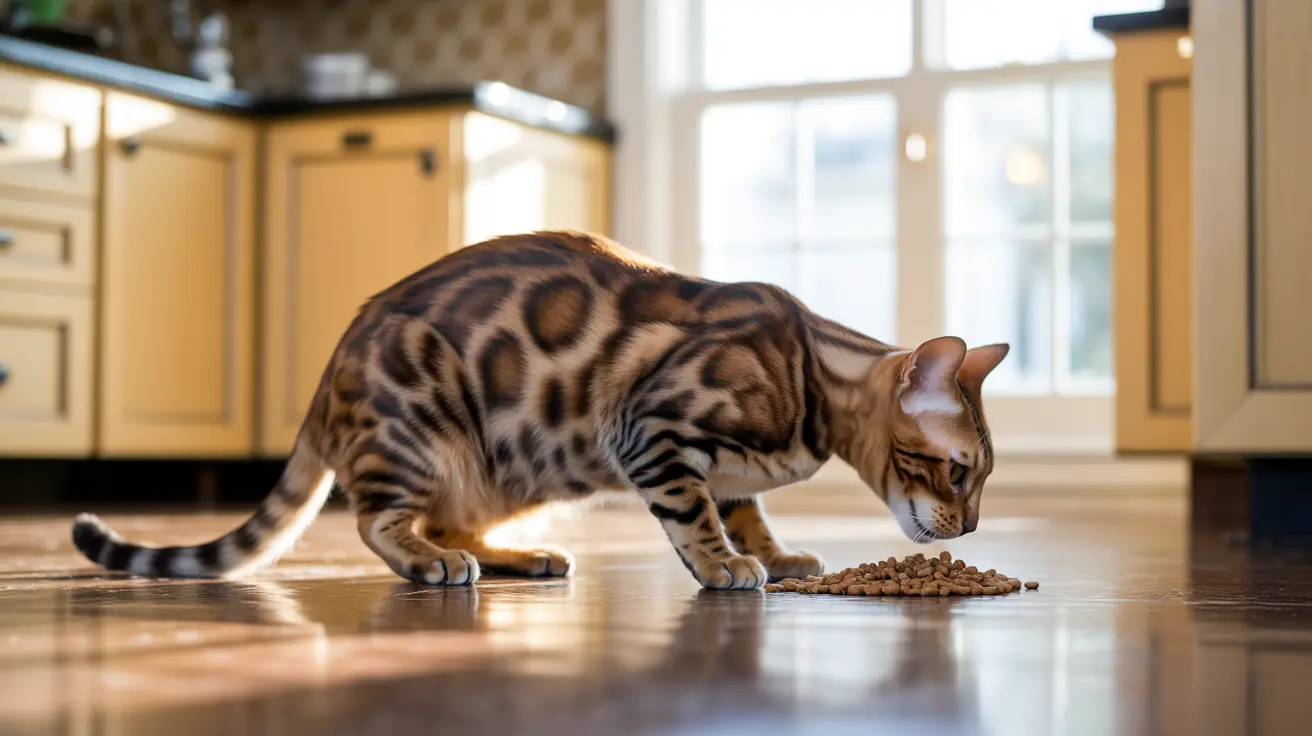Discovering the Unique Traits of the Sokoke Cat
The Sokoke cat, a rare jewel among domestic felines, combines a wild aesthetic with a loving disposition. Originating from the Arabuko Sokoke National Forest in Kenya, this breed is also known as the African Shorthair. Its captivating appearance, active personality, and rich history make it a standout favorite among cat enthusiasts.
Origins and History
The Sokoke breed traces its roots to the late 1970s when Jeni Slater discovered a litter of distinctive-looking kittens on her family’s coconut plantation in Watamu, Kenya. These cats, known locally as khadzonzo, were native to the Arabuko Sokoke forest. Rather than creating a hybrid through crossbreeding with wildcats, Slater chose to develop the Sokoke as a
natural breed. Through partnerships with breeders in Denmark and beyond, the breed gained international recognition by 1993.
Unique Appearance
What immediately sets the Sokoke apart is its dramatic and practical coat pattern:
- Modified classic tabby or ticked tabby pattern that mimics the look of tree bark.
- Short, glossy, coarse coat with minimal undercoat, giving it a lustrous and low-maintenance appearance.
- Variants include brown tabby and the rare snow Sokoke, which features darker points on a pale base.
- Almond-shaped eyes that range in color from greenish amber to blue.
These features are more than ornamental—the bark-like coat provides natural
camouflage in woodland habitats.
Build and Movement
The Sokoke has a
lean, athletic build optimized for agility:
- Medium-sized, weighing between 5 to 10 pounds.
- Slender, muscular body with long hind legs that give it a unique tip-toe gait.
- Medium-to-long tail, strong neck, and level back complement its streamlined form.
Its movement is a mesmerizing display of dexterity and energy.
Temperament and Personality
Sokokes are known for their
dog-like disposition and intelligent behavior. This breed is:
- Playful and spirited, always open to interactive and stimulating play.
- Highly intelligent, making it easy to train and enrich mentally.
- Affectionate and social, often forming close bonds with humans and other pets.
- Adaptable to living with children, dogs, and other cats, though they may not tolerate smaller pets due to hunting instincts.
Their personality makes them ideal for active households seeking a dynamic pet.
Care and Maintenance
Caring for a Sokoke is relatively simple due to their healthy, hardy nature:
- No known hereditary health issues, but they are sensitive to some common cat illnesses due to limited exposure.
- Weekly grooming is sufficient because of their short, low-maintenance coat.
- Regular nail trimming, dental care, and ear cleaning are recommended.
- They thrive in warmer climates but can adapt to temperate conditions.
Veterinary checkups and vaccinations are important to maintain optimal health.
Breeding and Population
The Sokoke is among the
rarest cat breeds globally, with an estimated population of just around 100 individuals:
- Females typically have 1–2 litters annually.
- Kittens reach sexual maturity at approximately 8–10 months.
- Efforts to conserve the breed involve collaboration between breeders globally, especially in Europe, North America, and Kenya.
Responsible breeding ensures genetic diversity and health.
Recognition and Popularity
The Sokoke has earned recognition from several major cat registries:
- FIFe (1993),
- TICA,
- GCCF,
- Canadian Cat Association.
Despite its striking characteristics, the Sokoke remains
poorly known outside specialist circles due to its rarity. Enthusiasts value this breed for both its aesthetic charm and loyal nature.
Conclusion
The Sokoke cat is an exquisite blend of
wild beauty and domestic charm. With its African forest roots, eye-catching coat patterns, and charming, energetic disposition, it offers companionship full of curiosity and warmth. Whether snuggling at home or scaling furniture in play, the Sokoke is a joy for those who appreciate rare, intelligent, and affectionate pets.





